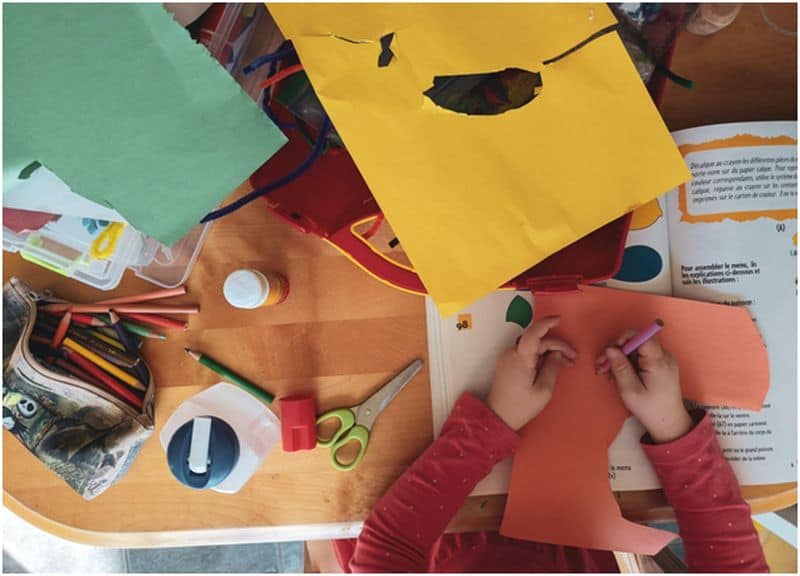Applied behavioral analysis (APA) is a reinforcement therapy that can improve communication, learning skills, and motor skills. It is widely regarded as an effective treatment method for several developmental disorders.
If your child has developmental challenges, such as attention deficit hyperactivity disorder (ADHD), you may want to add ABA therapy meaning to your dictionary of medical terms. With that in mind, we’ve compiled all the important information regarding ABA treatment below, starting with how the process works and what makes it effective.
Stages of ABA therapy
The scientific technique of ABA consists of five stages, namely consultation, assessment, planning, therapy, training, and evaluation. This multi-stage approach allows ABA strategies to be crafted specifically in accordance with your child’s needs. For some deeper insight into how ABA works, let’s take a look at each stage in greater detail.
1. Assessment
Upon initial consultation with a licensed service provider, your child will be assessed according to their primary areas of need. Typically, various assessment methods are used, such as interviews, observations, and other forms of data collection.
Data collection is done to better understand your child’s specific needs, first by assessing the functional relationship between behavior and the environment, then developing socially acceptable alternatives.
2. Planning
A comprehensive treatment plan will be developed once your child’s assessment is complete. This plan includes treatment goals, a recommended schedule for therapy, and several teaching procedures, such as behavior-specific intervention strategies.
Interventions will depend on your child’s age and the types of challenges they face. Early intensive behavioral intervention (EIBI), pivotal response training, and the Early Start Denver Model are three of the most common forms of intervention.
3. Therapy
The therapy itself will usually consist of a team-based approach, using a highly trained team of technical experts and medical professionals. Your child is closely monitored throughout the process, allowing for adjustments to be made on a case-by-case basis.
ABA is already in use within a range of treatment areas, such as substance abuse, brain injury rehabilitation, dementia, and organizational behavior management. In fact, ABA is one of the most widely used forms of therapy and has been for quite some time.
4. Training
While your child is undergoing therapy, it’s considered standard practice for caregivers to be educated on the treatment details. In order to provide a holistic support strategy, close family members will also be required to attend meetings together with the child.
It’s critically important that all major stakeholders in your child’s future are well-informed regarding their health and wellbeing. Only with a complete support structure will a child be able to overcome any significant learning and behavioral difficulties.
5. Evaluation

The end of therapy is not the end of treatment. For your child to continue responding positively to treatment, ongoing monitoring and evaluation (M&E) should diligently be performed post-intervention.
Until this point, your child will have been treated within controlled environments, which means that a broader application of behavior must now be put in place. The therapy stage is temporary, which is why it’s necessary to educate caregivers in the training stage.
End goals
In theory, if ABA therapy has worked, your child will demonstrate a clear improvement in terms of communication and behavior. In other words, successful treatment can be defined by your child’s ability to adapt to the new behaviors they have been taught.
An effective treatment plan will look different for every child. However, it’s worth noting that children react to ABA and other therapy techniques in a myriad of ways. If you can afford it, don’t hesitate to get a second opinion before deciding on a treatment option.
Controversy

While some people criticize ABA for removing important elements of a child’s autonomy, the reality is that any scientific technique will alter your child’s behavior. All forms of autism therapy, for example, involve some degree of behavioral modification.
Another common complaint is that the therapeutic style of ABA is too authoritarian. In essence, most naysayers believe that ABA treatment is far too rigid in nature. However, on the contrary, proponents of ABA would claim that rigidity is the key to its success.
Conclusion
Research into the efficacy of ABA therapy is overwhelmingly in favor of its use as an effective scientific technique. Its extensive use in several fields of rehabilitation proves that it is one of the best behavioral diagnosis tools currently available.
If you fear that your child has ADHD, autism spectrum disorder (ASD), or any other developmental disability, seek the attention of a suitable medical professional as soon as you possibly can. They will be your first point of access to several treatment options for your little one.
Article Submitted By Community Writer




